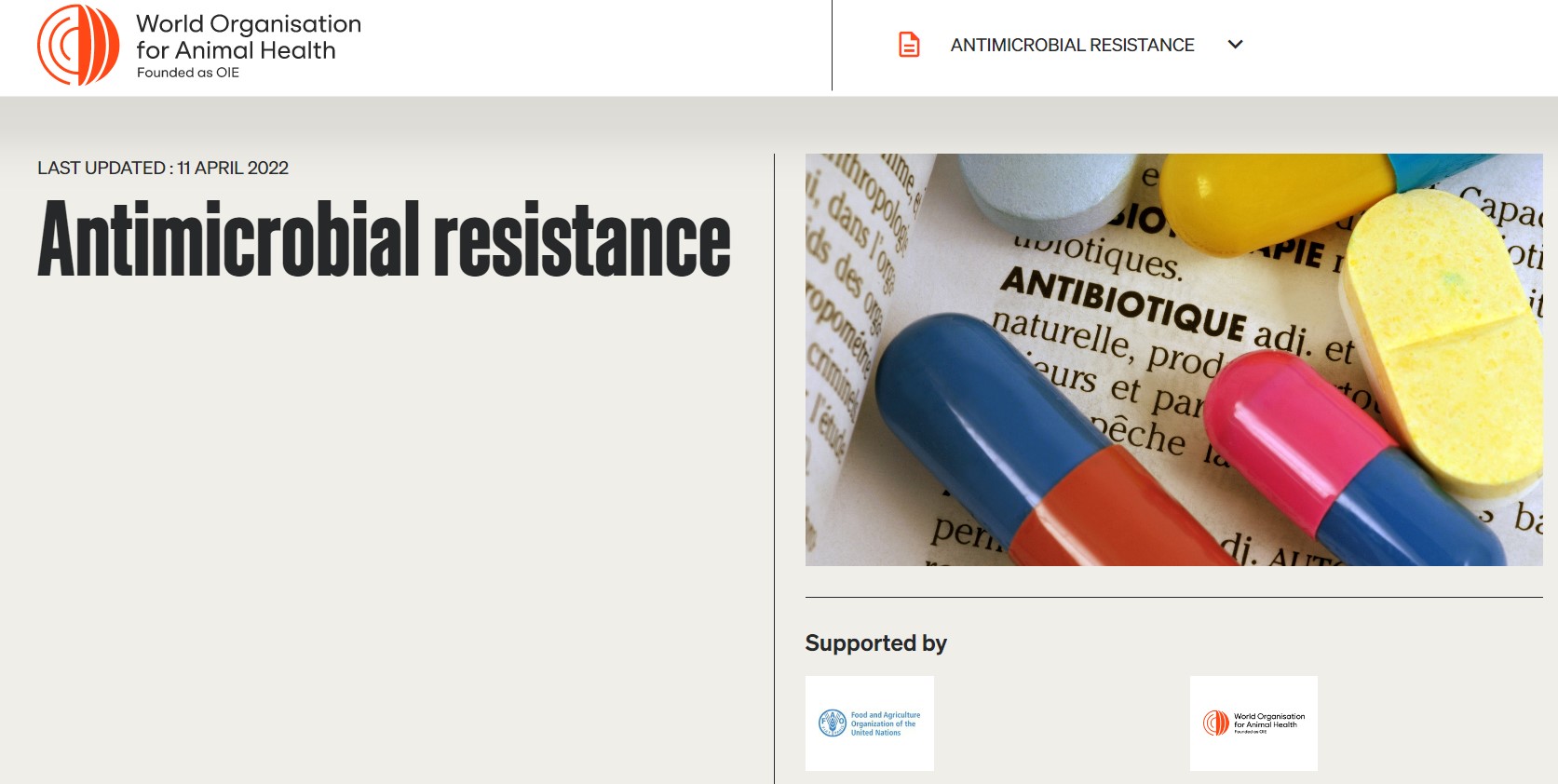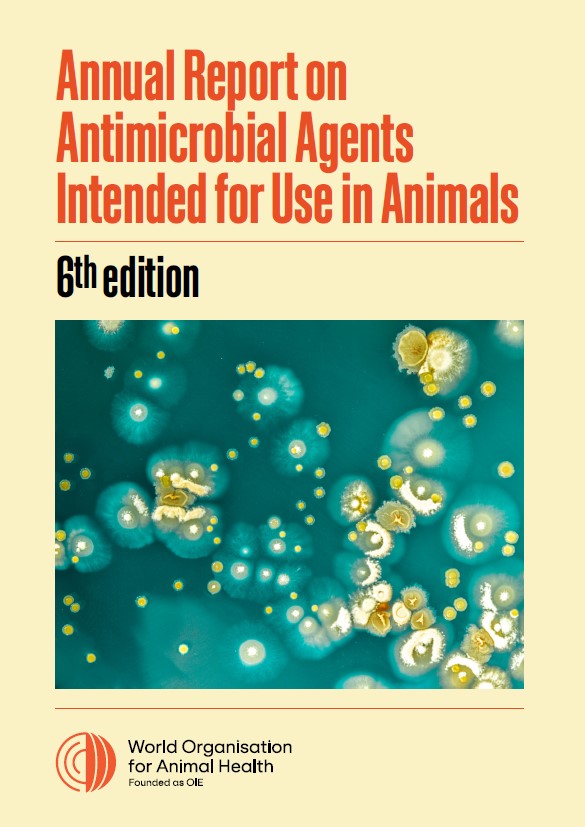
Drug-resistant microorganisms such as bacteria, viruses, fungi and parasites can spread between and within animal, human, plant populations, and migrate through the environment. Therefore, addressing antimicrobial resistance (AMR) requires multisectoral interventions known as the One Health approach. This holistic approach recognizes that animal, human, plant and environmental health are inextricably intertwined and interdependent.
World Antimicrobial Awareness Week (WAAW) is a global campaign to raise awareness and understanding of AMR and promote best practices among One Health stakeholders to reduce the emergence and spread of drug-resistant pathogens. WAAW is celebrated every year from 18 to 24 November.
The theme of WAAW 2022 is “Preventing antimicrobial resistance together”. AMR is a threat to humans, animals, plants and the environment. It affects us all. That is why this year’s theme calls for cross-sectoral collaboration to preserve the efficacy of these important products.To curb AMR effectively, all sectors must use antimicrobials prudently and adopt other preventive measures.
The overall slogan for raising awareness on AMR during WAAW remains the same as in previous years – Antimicrobials: Handle with care.
WOAH and its partners have prepared a number of resources to support awareness campaigns. These include: posters, stakeholder leaflets, media engagement leaflet, farmer’s infographic, social media squares and GIFs, web banners and video. The Quadripartite group of partner organisations (FAO, UNEP, WHO, WOAH) has also developed many materials which are shared in a Trello Board.


